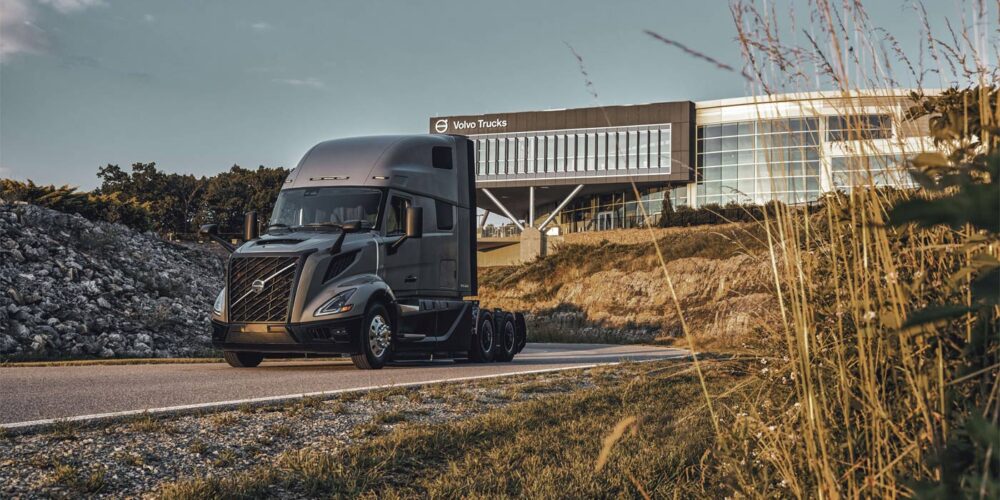
The decision whether to leverage internal resources for truck maintenance versus taking an outsourced approach is a major one for fleets. Has the advent of data analytics for transportation fleets changed this decision-making process at all?
What remains constant is that it’s important to look at the whole picture before deciding whether to handle maintenance in-house or through an outside, third-party provider. After all, the age of equipment, data on utilization and downtime and vendor options all have to be considered.
In running your fleet day to day, understanding the evolution of maintenance and repair (M&R) issues and costs continue to be extremely important.
M&R cost is critical because it significantly impacts every type of operation. Improper management of M&R can drastically erode profits from the bottom line—and the older the truck, the costlier it gets. It is also the most volatile cost. Your decision to leverage internal or external resources for maintenance can impact these costs further.
What the advent of business intelligence-driven data has recently revealed is that, based on studying truck utilization and lifecycles, fleets that have shorter truck lifecycles tend to focus more of their maintenance activities on preventative maintenance. This means they can emphasize more of an in-house system of maintenance technicians.
In fact, according to a recent Fleet Advantage report on lifecycle strategy, M&R costs on a 2015 sleeper model-year total $14,472, compared with $2,184 on a new, 2020 model-year truck, providing a savings of $12,288. Across a fleet of 100 tractors, this amounts to $1.2 million.
This shorter lifecycle produces long-term savings beyond the first year. When fleets adopt a three-year lifecycle for their trucks compared to a seven-year lifecycle, replacing with new technology in year four, they realize a savings of $42,830 in M&R calculated in years four through seven when compared to a fleet driving the same truck for the full seven years.
Older trucks break down more, and aside from the expense involved in outsourced maintenance, data has also shown recently that unforeseen breakdowns costs go far beyond the price of fixing the truck. Associated costs can include increased driver downtime, customer delays, load damage, missed un-load time window, towing expenses, on-time dispatching, costs of spare trucks and, of course, technician labor.
Additionally, the hours required to maintain an aging tractor fleet increases every year. On average, a tractor requires 2.5 hours a month to maintain in its first year, compared to year 3 of ownership, which requires 4.5 hours a month. All told, the demand almost doubles but the supply (labor hours) remains the same.
The industry’s changing mindset and shift toward newer trucks impacts M&R costs significantly. The average per-mile M&R cost when operating trucks over a four-year time period is 6.18 cents per mile, compared to 10.48 cents per mile when operating a single truck over a seven-year period (both figures include tire costs). Over the course of seven years, the lifecycle excess variable cost equates to $34,379 per truck, which runs into the millions when looking at a fleet with 100 trucks.
Without properly analyzed M&R data and costs, these figures would not be as visible, and fleet managers would not have the insight to best determine whether in-house or outsourced maintenance would make the best sense for the organization. What’s more, data has helped fleets take this dialogue a step further, especially in understanding how a shorter truck lifecycle helps change the maintenance and technician needs that tend to be performed most using internal resources.
When considering an outsourced maintenance partner, carefully evaluate their resources, experience, and track record of successfully managing similar fleet maintenance challenges and fleet management implementations.
This article was contributed by Brett Wilkie, senior director of fleet services at Fleet Advantage.













